Chasing turkeys is one of the most exciting outdoor activities you can participate in. It involves a great deal of strategy, as well as some physical endurance. Turkey hunting in the South is more than a pastime—it’s a thrilling pursuit that has a deep turkey hunting tradition. For many, the turkey calls among the swaying pines and rolling hills are the classic sound of the southern outdoors. However, increased urbanization and habitat loss pose serious challenges to turkey populations. As a landowner, turkey hunter, or wildlife enthusiast, it’s not just about finding the turkeys — it’s about creating an environment where they thrive. This article lays out things you can do to be a better steward over the turkey habitat on your piece of southern dirt.
Land Management is Key for Southern Turkeys
Aimed at the heartland of turkey diversity, this article serves to brace the understanding of how land management can significantly influence turkey populations. The iconic gobbler is more than just a trophy; it’s an indicator species for overall habitat health. By actively managing their land, landowners can craft a haven for turkeys, improve the density and health of the population, and ensure these incredible birds stick around for years to come.
Habitat Enhancement
Habitat is the cornerstone of a successful wildlife habitat management program, and when it comes to turkeys, it’s all about creating a variety of suitable environments that offer what they need to survive and reproduce.
Food Plots and Native Plantings
A balanced diet is critical for the health and well-being of turkeys. While commercial food plots have their place, native grasses and forbs provide as an excellent source of food year-round and contribute to a diverse environment. Understanding the needs of different turkey subspecies in your area can help tailor your plantings to their specific tastes.
Water Sources and Watering Holes
In the warmer climate of the South, water is life. Assuring that turkeys have access to clean, plentiful water year-round is essential. Free standing water is often required by turkeys and will be utilized by them if you make it available. From simple water troughs to the implementation of year-round water sources like ponds, good hydration supports a healthy turkey population.
Nesting and Roosting Areas
A protected and secluded nesting site is crucial for hen turkeys, whose ground nests are easily disturbed. By leaving wooded areas undisturbed during nesting season and protecting known roosting trees, you can give turkeys the safety and security they need for their young.
Predator Control
Even before they are born, turkeys face a gauntlet of potential predators – nearly everything in the woods likes to eat turkeys or turkey eggs. Predation can critically impact turkey populations, especially during the crucial times of nesting and brood rearing. Predators are unequivocally the number one direct cause for low poult production across the South.
Minimize Predation Through Trapping and Hunting
There is an extremely dynamic and complex relationship between predators and their prey. In many instances, removal of one predator may invite another. Keeping predator numbers in check is a delicate but necessary part of the ecosystem, for an excess in one species can lead to a cascade of issues for others.
Predator-Proofing Near Turkey Habitats
The first recommended means of mitigating the presence of predator populations on your land is fencing. By fencing off or controlling access to specific areas adjacent to turkey habitats, you can create safe zones where mothers can raise their poults without constant fear of predation.
Forest Management
Healthy forests are vital for turkeys, providing forage, shelter, and the roosting structures they take their name from. Forest management should provide an interspersion of different forest types and ages, mixed with openings that can provide diverse food sources, brood rearing habitat, edges for nesting, and room for courtship. These practices can significantly enhance the turkey habitat.
Timber Thinning and Prescribed Burns
Thinning selectively removes overgrown vegetation, opening up the forest canopy and promoting diverse understory growth. Prescribed burns help mimic natural ecosystem processes, rejuvenating plant communities and promoting the growth of nutritious forage for wildlife. Prescribed burns improve wild turkey habitat and improves turkey populations. In the South, these management practices will improve your land for turkeys.
Creating Diverse Habitats for Turkeys
A diverse forest is a healthy forest, and a mix of mature trees, open meadows, and thickets gives turkeys the variety of habitats they need to thrive.
Conservation Practices
Sustainable land use benefits turkeys and enhances soil and water quality, creating a more robust ecosystem for all wildlife.
Implementing Best Practices for Soil and Water Conservation
Erosion control practices prevent sedimentation in water supplies and maintain healthy soil, supporting the growth of food sources for turkeys.
Creating Buffer Zones and Reducing Erosion
Buffer zones along waterways and reduction of erosion from grazing practices and road construction help maintain the land’s integrity. This helps to secure a better future for turkey populations.
Collaboration with Conservation Organizations
No one is an island, and working with others who share a passion for conservation can magnify your land’s potential to support turkeys and other wildlife.
Working with Local Wildlife Agencies and Conservation Groups
These organizations offer expertise and resources, from turkey conservation tips to financial support for land management projects.
Resources and Guidance for Management Practices
By tapping into the collective knowledge and experience of like-minded individuals and groups, you can implement cutting-edge strategies for turkey habitat enhancement on your land.
As stewards of southern land, we are responsible for safeguarding the beauty and wonder of the wild turkey for future generations. By managing our land with purpose and care, we enhance our hunting experiences and contribute to a conservation legacy. Remember, creating the perfect environment for turkeys doesn’t happen overnight; it’s a commitment to ongoing management and continual learning. With these strategies, you can turn your property into a thriving habitat for turkeys, a testament to your dedication to southern land and wildlife.
This content may not be used or reproduced in any manner whatsoever, in part or in whole, without written permission of LANDTHINK. Use of this content without permission is a violation of federal copyright law. The articles, posts, comments, opinions and information provided by LANDTHINK are for informational and research purposes only and DOES NOT substitute or coincide with the advice of an attorney, accountant, real estate broker or any other licensed real estate professional. LANDTHINK strongly advises visitors and readers to seek their own professional guidance and advice related to buying, investing in or selling real estate.


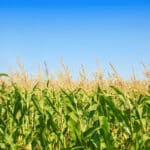
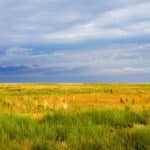


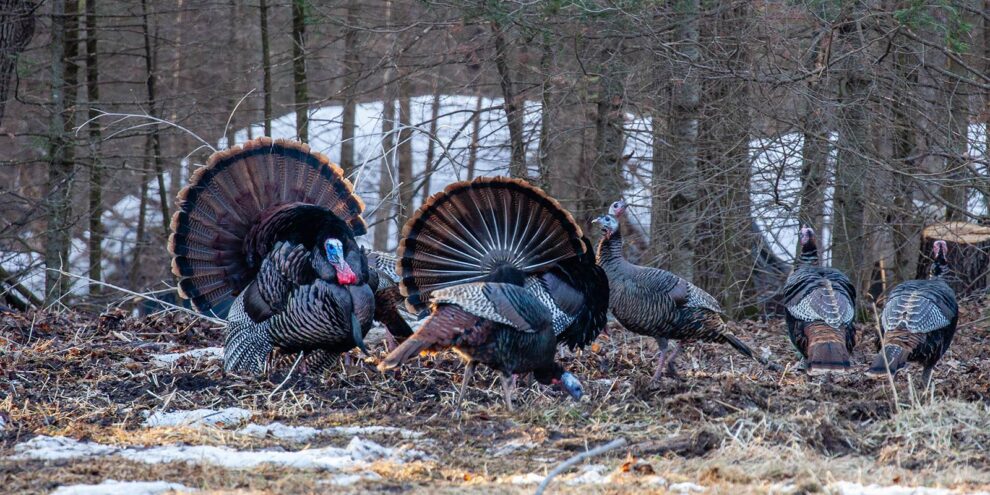
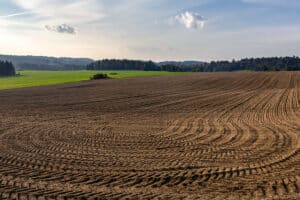

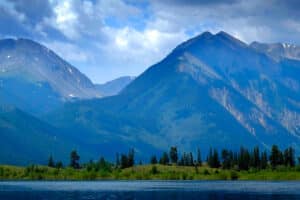
Add Comment